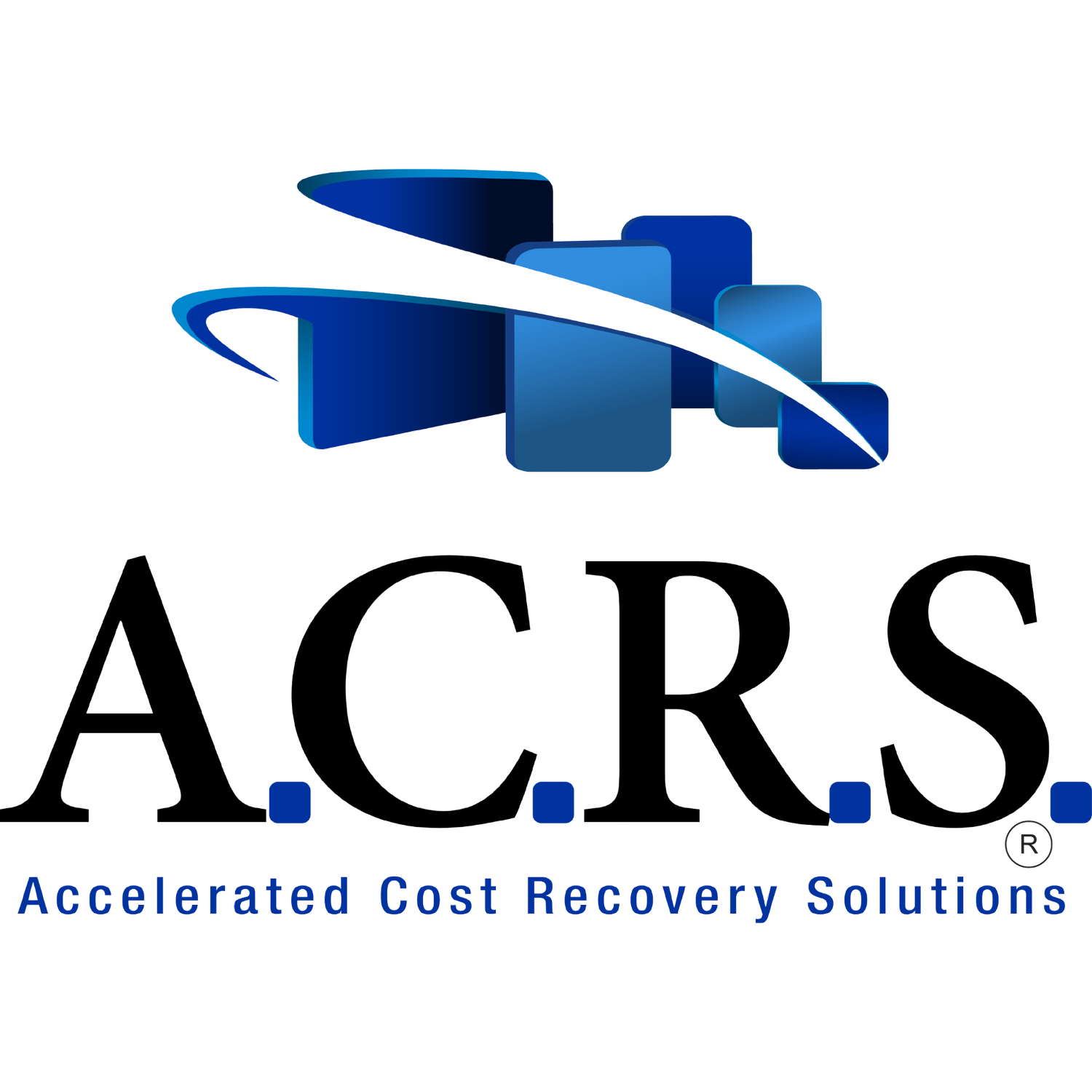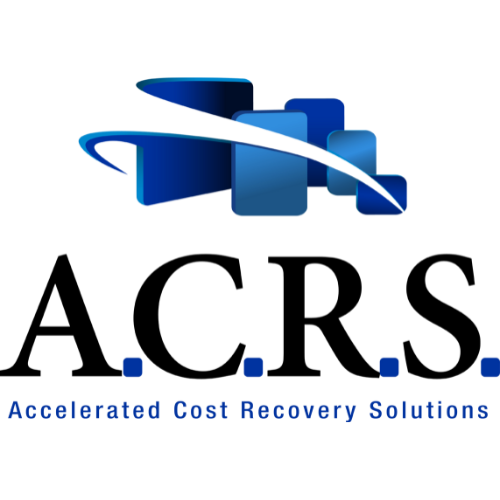
Our Services
Cost Segregation Study
-
Cost Segregation is a strategy for accelerating depreciation, reducing taxes, and increasing cash flow. Through an engineering-based cost segregation study, costs associated with building purchase, construction, or renovation are segregated into components. Before a cost segregation study, these costs are typically assigned a 39 or 27.5- year depreciable life for tax reporting. But by using the study results, a taxpayer can reclassify component costs to shorter depreciable lives of 5, 7, or 15 years, accelerating depreciation deductions and increasing cash flow by deferring federal and state income taxes.
-
The laws, rules, and procedures relied upon in cost segregation studies have been around since the enactment of the Investment Tax Credit (“ITC”) in 1962. The legal rationale used to distinguish personal from real property for purposes of the ITC provides an excellent framework for the classification process in cost segregation studies.
The ITC was repealed through the Tax Reform Act of 1986. Under the 1986 reform, the benefit of a cost segregation study was unclear for taxpayers, with many dismissing methods. However, in 1997 a landmark tax court decision involving the Hospital Corporation of America upheld the application of cost segregation studies as a viable option. This case was the seminal case for cost segregation studies, and the IRS determined that a taxpayer can use a cost segregation study to segregate their real property costs. As a result, the use of cost segregation studies expanded, spawning an entirely new industry segment and specialized professionals to serve it.
Consequently, Congress and the IRS have responded with various laws and rulings, further expanding the complex body of knowledge on this topic. Many laws and rulings have been issued with the intent of spurring economic growth and have had a significant impact on opportunities for property owners to take advantage of cost segregation.
In recent years, the tax laws were revised, increasing bonus depreciation rates to 100% and making it applicable to a used property where it was formerly limited to 50% of a new property. And even more recently, the CARES Act has provided that net operating losses that fit the criteria, can be treated as a carry-back to each of the 5 preceding taxable years.
All of these developments have made the benefits of cost segregation more widely available and useful to individual and business taxpayers alike.
-
The determination of what property qualifies for shorter depreciable lives is ultimately based on asset-specific facts and circumstances and precedents existing in both case law and IRS guidance.
Determinations are made based on the data obtained from construction/cost records and information gathered during the site inspection. Key considerations include whether the property can be easily or readily moved, whether it is intended to remain in place, and does it relate to the basic operation and maintenance of the building.
Anyone who owns real estate and expects to pay income taxes during the period of ownership can potentially benefit from a cost segregation study. Studies are most beneficial for properties with a cost basis greater than $500,000, but even lower basis amounts can find value from a study.
-
There are numerous benefits to obtaining or performing a cost segregation study. By accelerating depreciation and increasing tax deductions in the early years of property ownership, a property owner:
Increases their cash flow, not only potentially improving investment returns, but also positively affecting relative debt service coverage ratios,
Is provided with the opportunity to correct previously misclassified assets, allowing the taxpayer to claim a catch-up adjustment for the difference, and
May be able to reduce real estate taxes.
Section 179D Energy Efficient Commercial Buildings Deduction
-
The Energy Efficient Commercial Buildings Deduction allows owners of buildings that are constructed or substantially renovated in an energy-efficient manner to take a tax deduction for a portion of the building cost. Under internal revenue code section 179D, building costs that would otherwise be capitalized and depreciated over many years can be deducted in the current year.
The deduction is the lesser of actual qualified costs or $1.80 per square foot. The building or certain eligible components must achieve a 50% energy savings to qualify for the deduction. Eligible components systems include HVAC, building envelope (e.g. windows), and LED lighting.
-
Owners of commercial buildings can take the deduction. However, in the case of buildings owned by entities that do not pay income tax, the deductions can be transferred to the architects, contractors, or engineers involved in their construction. Examples of such properties include buildings owned by governmental entities, non-profits, churches, schools, etc.
-
In order to claim the deduction, the eligible building components must be tested and certified to meet the IRS standard for energy efficiency. This is accomplished via a written report that provides all the required documentation, including certification by a qualified professional engineer.
-
ACRS has a staff of qualified professional engineers and CPAs that can perform the analysis and provide the report needed to take the deduction. If you are an architect, contractor, or engineer, we can help you obtain an allocation letter from the building’s owner that will assign the deductions to you from any tax-exempt client projects.
Life Insurance
-
A life insurance policy provides financial protection for your family in the event of your death. You make a contract with the insurance company, which pays a certain amount of money to your family upon your death. Your policy may also include features that would allow you to access a portion of the death benefit if you experience a qualifying medical condition or illness.
-
Protect the lifestyle of your children, spouse, or dependents in case of death
Accumulate funds for education or retirement
Gain flexibility to fund unexpected events, like critical illness or nursing home care
Life insurance is a long-term contract with an insurance company that provides a death benefit. In return, periodic premiums are paid to the insurance company. It can also be used as a means of income by the cash value feature of some types of policies.
The life insurance policy’s death benefit can fund dependents’ needs for a long time. When buying life insurance, you need to decide how much you need, how long you need it, and what you can afford to pay.
Fixed Index Life Insurance
-
Fixed indexed universal life (FIUL) provides a death benefit to the policyholder’s beneficiaries in exchange for periodic premium payments to the life insurance company. In addition to a death benefit, your policy may accumulate cash value which grows based on the performance of a market-driven index.1 You participate in a portion of the index gain, subject to certain limits, such as caps, spreads, and participation rates. Policy guarantees offer protection to ensure you will never experience a loss in cash value due to index performance.
We design our products for people who seek death benefit protection, want the possibility of upside potential with no downside risk, and like the flexible options to borrow from the value of the contract.
*1 The index crediting options are linked to a market index, but you are not investing directly in the stock market or any index.
-
At F&G, we strive to improve the financial lives of more and more people. Part of that goal is ensuring you have a positive experience when applying for and managing a FIUL policy. From exam-free underwriting to filing a claim, we have the processes you need at your convenience.
Other Services
While our primary service offerings are Cost Segregation Studies and Section 179 Energy Efficient Commercial Buildings Deduction Studies, we can also assist with other tax-lowering strategies and cost-recovery services. These include help with insurance reviews, reviews on delinquent accounts receivable, setting up recovery programs on outstanding accounts receivable, and discussing life insurance policies.

